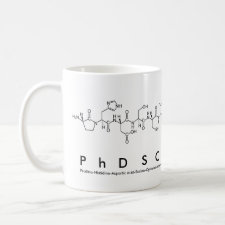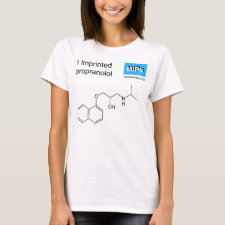
Authors: Philip JYN, Buchweishaija J, Mkayula LL, Ye L
Article Title: The influence of aliphatic side chain of anacardic acid on molecular recognition properties of imprinted polymers.
Publication date: 2012
Journal: Tanzania Journal of Science
Volume: 38
Issue: (1)
Page numbers: 104-117.
Alternative URL: http://www.ajol.info/index.php/tjs/article/view/79854
Abstract: The objective of this work was to determine the influence of the aliphatic side chain of anacardic acid on molecular recognition properties of imprinted polymers made from anacardanyl methacrylate (AnMcr). Salicylic methacrylate (SaMcr), a structural analog of AnMcr, was synthesized and used as a functional monomer to prepare imprinted polymers for comparison with AnMcr-based polymers. Using divinylbenzene (DVB) as a cross linker and racemic propranolol as a model template, irregular monolithic particles of poly(SaMcr-co-DVB)m were synthesized in toluene, and spherical beads of poly(SaMcr-co-DVB)b and poly(AnMcr-co-DVB)b were synthesized in acetonitrile by precipitation polymerization. Although imprinted irregular monolithic particles, poly(SaMcr-co-DVB)m, tested in toluene containing 0.5% acetic acid, displayed relatively low specific propranolol binding, they showed high molecular selectivity. For the spherical beads tested in acetonitrile, both imprinted poly(AnMcr-co-DVB)b and poly(SaMcrco-DVB)b showed obvious specific propranolol binding despite the use of polar organic solvent during imprinting. Imprinted poly(AnMcr-co-DVB)b showed higher molecular selectivity than imprinted poly(SaMcr-co-DVB)b. Interestingly, the presence of the aliphatic side chain in AnMcr resulted in more uniform imprinted beads as compared to particle agglomerates obtained from SaMcr in the presence of propranolol template. Therefore, the aliphatic side chain of anacardic acid improves both molecular recognition of imprinted polymers as well as the formation of uniform imprinted spherical beads.
Template and target information: propranolol
Author keywords: molecular imprinting, anacardanyl methacrylate, salicylic methacrylate, propranolol, precipitation polymerization



Join the Society for Molecular Imprinting

New items RSS feed
Sign-up for e-mail updates:
Choose between receiving an occasional newsletter or more frequent e-mail alerts.
Click here to go to the sign-up page.
Is your name elemental or peptidic? Enter your name and find out by clicking either of the buttons below!
Other products you may like:
 MIPdatabase
MIPdatabase









